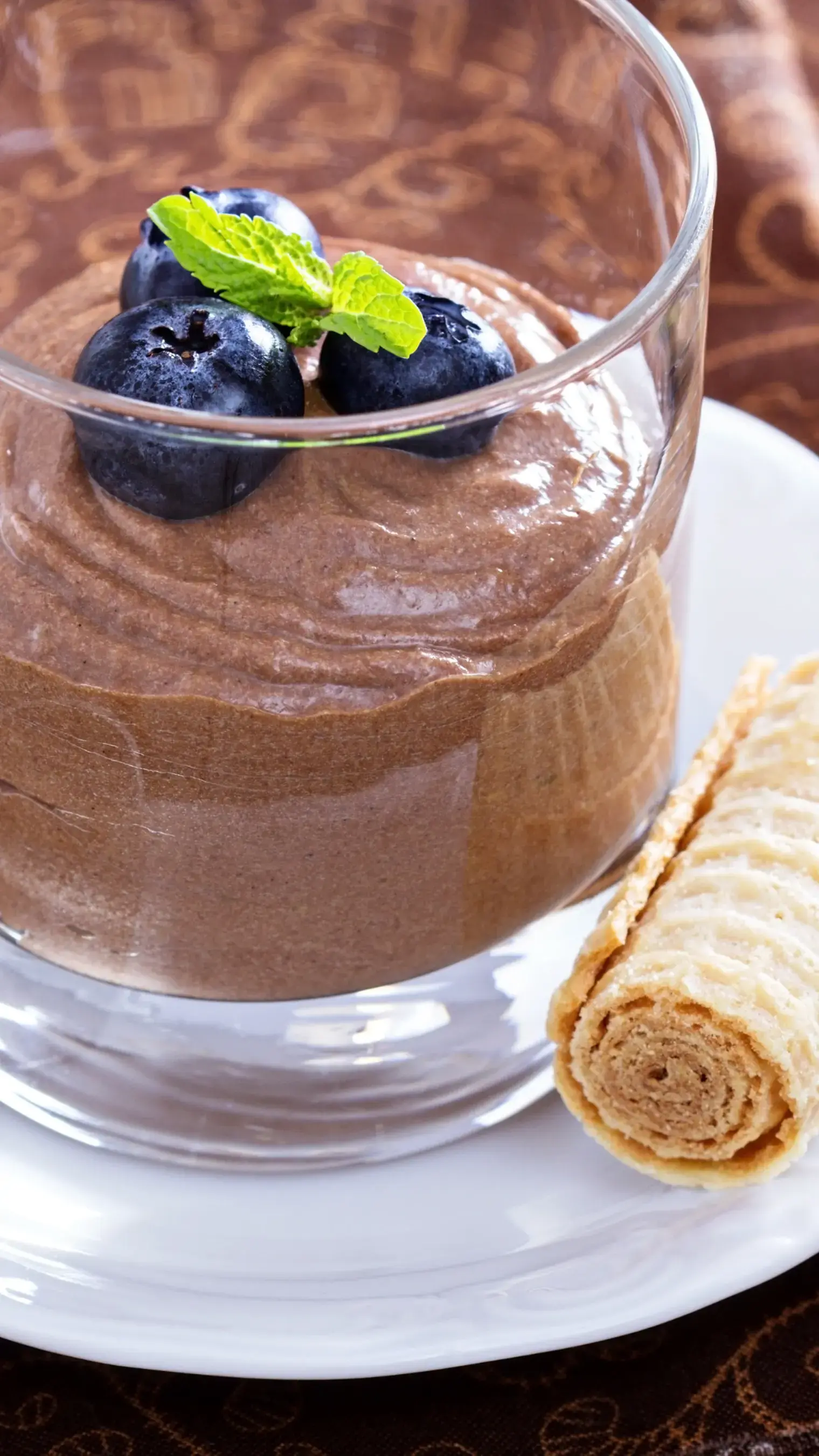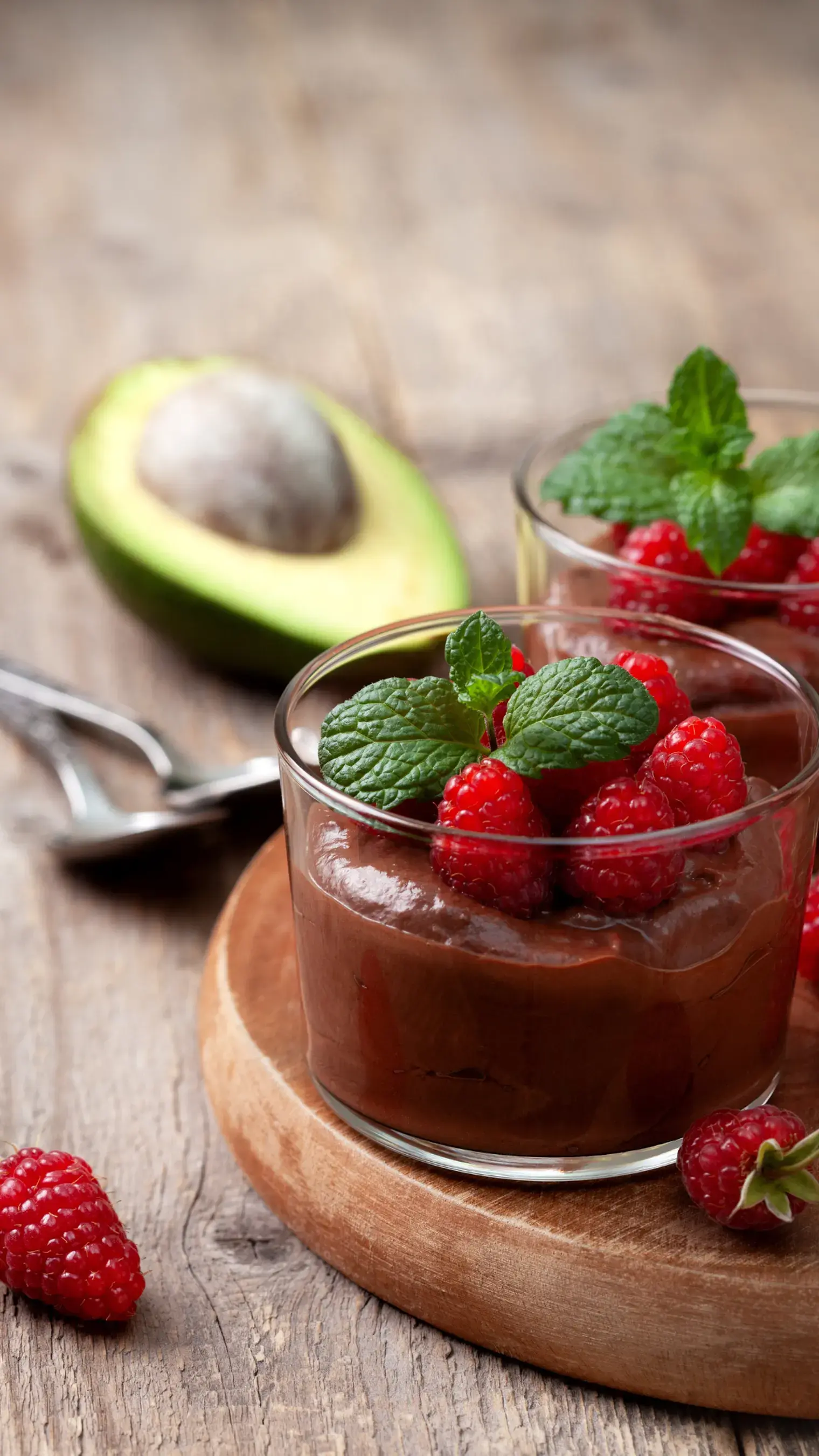Want to make Matcha Sorbet with Cashew & Dairy Milk Drizzle? Stir smoothness the right way—read how to master the drizzle.

Do you hesitate before drizzling something over your dessert, hoping it'll just stay there, dense and clunky? For cold desserts such as matcha sorbet, the drizzle must flow slowly—neither thick as sauce nor watery like milk. It should be covered with elegance, announcing its arrival without upstaging the moment.
That's the magic of dairy milk drizzle. Over a dense scoop of earthy matcha sorbet, it delivers not only contrast, but harmony. And when infused with cashew suggestions, it repeats the Indian fondness for subtle nuttiness—toning down the green tea's own bitterness with a smooth, almost retro creaminess.
If you’ve tried it before and ended up with something clumpy or overly sweet, this guide offers clarity. The focus is precision—of heat, of ingredients, and of timing. The drizzle isn’t just an accessory here. It’s a quiet, milky link between the familiar and the faraway.
1. Choose Dairy Milk with Enough Fat
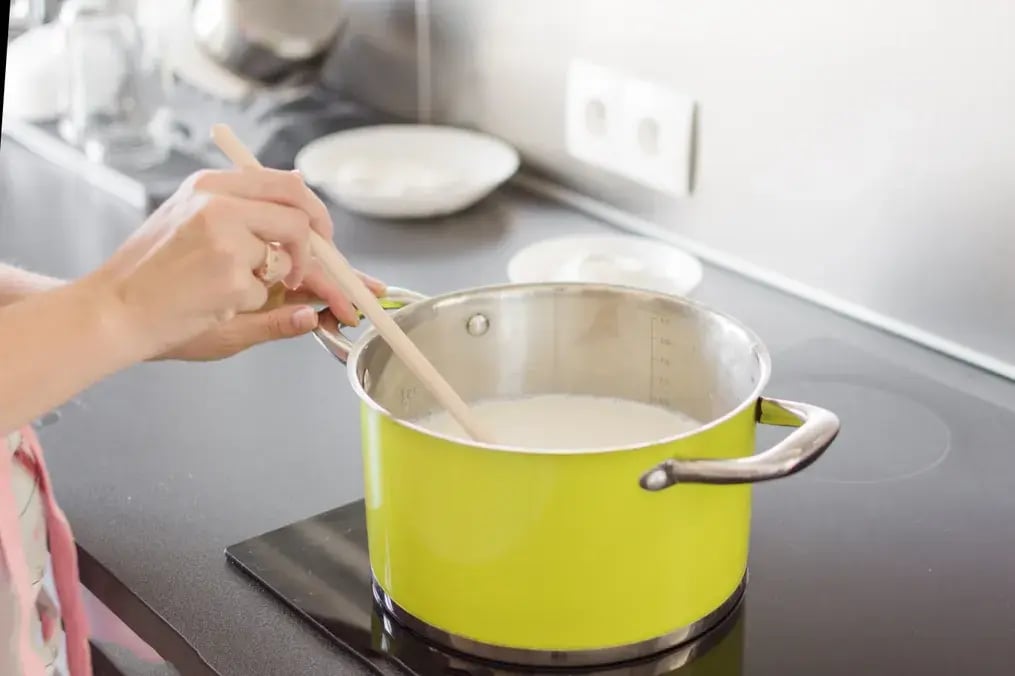
Begin with the milk itself. Skim or low-fat versions may be tempting for reduced calorie eating, but they don't provide the body with an effective drizzle. You require the fat content to keep the milk intact when heated and to provide a soft consistency that coats the sorbet with just enough.
Full-cream milk is perfect. The fats not only provide structure but also stabilize any mix-ins such as ground cashews. It assists the drizzle to settle gently on the frozen sorbet without shattering or separating. To enhance the richness, a tablespoon of heated fresh cream stirred through introduces silkiness without taking it into the realm of custard. In the case of the Matcha Sorbet with Cashew & Dairy Milk Drizzle, it's the quality of milk that makes the difference.
2. Addition of Cashew Must Be Smooth
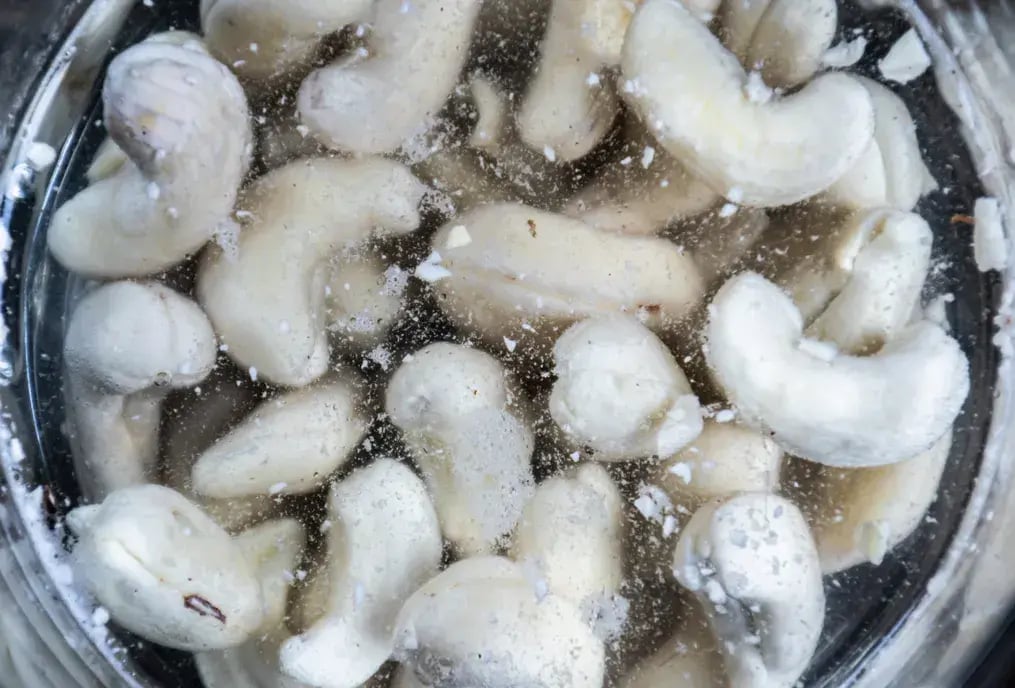
Cashews are ubiquitous in Indian cooking and help to mellow out rough or soil-like notes—such as matcha. But if they're added to a milk-based glaze, they must be fully incorporated. Don't use powdered cashews or chopped nuts. Soak raw cashews in warm water for 30 minutes, then grind them into a smooth paste.
This paste dissolves more easily in warmed milk and leaves no grit. Add it while warming the milk, stirring constantly. A half teaspoon of ghee can be used to very lightly sauté the paste first to bring out its natural sweetness. Keep the proportions correct—roughly 1 tablespoon of paste per cup of milk. In this Matcha Sorbet with Cashew & Dairy Milk Drizzle, cashew is used not as a garnish but as a softener that mediates the brightness of the green tea.
3. Sweeten Smartly
Matcha has a special character—clean, grassy, and a bit of bitterness. If your drizzle is overly sweet, it will be disjointed. Rather than relying on white sugar alone, try mixing in jaggery syrup or date syrup in small amounts. These add depth without making the dessert drizzle in its own right.
Warm the milk and cashew mixture gradually, adding your preferred sweetener in increments. Stir to dissolve but do not allow the mixture to boil. A gentle simmer is sufficient. For a cup of milk, 1.5 tablespoons of sweetener is usually adequate. Always taste it warm—not hot or cold—since the sweetness registers differently at each point. This harmony is even more important in your Matcha Sorbet with Cashew & Dairy Milk Drizzle so that each spoonful transitions flawlessly.
4. Regulate the Heat
It is tempting to warm up milk fast when in a hurry. However, this can alter its texture and even lead to separation. To achieve a smooth drizzle, keep the heat low and stir continuously but gently. Boiling can split the milk, particularly when combined with nuts and sweeteners.
Use a heavy-bottomed pan and do not cover it in order to be able to observe the process. The aim is to heat the mixture until it thickens by just a tiny bit—generally 8–10 minutes. Should you notice steam rising steadily but no bubbling, you are at the appropriate stage. Remove the heat and allow it to stand for a minute before pouring. For Matcha Sorbet with Cashew & Dairy Milk Drizzle, this gentle simmering enables all components—milk, cashew, sweetener—to come together in harmony.
5. Strain for Smoothness
Despite perfect technique, tiny nut particles or un-dissolved sweetener pieces may be left behind. Straining is your back-up plan. Employ a fine-mesh strainer or use muslin cloth and pass the warm drizzle through it into a pouring jug or bowl. This guarantees that the product flows over your matcha sorbet instead of pooling or catching.
Straining also enhances the appearance of the drizzle—to achieve the smooth flow you observe in commercial kitchens. You will notice it right away. In this Matcha Sorbet with Cashew & Dairy Milk Drizzle, details matter, and this simple step elevates the experience to almost refined in a quiet way.
6. Matcha Temperature Matters
Matcha sorbet is fragile. Squeezing hot drizzle straight over it will melt the scoop and ruin the presentation. The drizzle must be only warm—not hot—to serve. Room temperature is best, but if you wish to have contrast, a slightly warm drizzle is stunning.
After straining, let it rest for 10 minutes before application. Stir again prior to pouring to make sure nothing has settled at the bottom. This soft heat also enables the nutty milk drizzle to stick gently without overpowering the cold sorbet. For Matcha Sorbet with Cashew & Dairy Milk Drizzle, harmony is not only through flavor, but temperature play as well.
7. Top with a Pinch of Salt or Grating of Kaffir Lime Peel
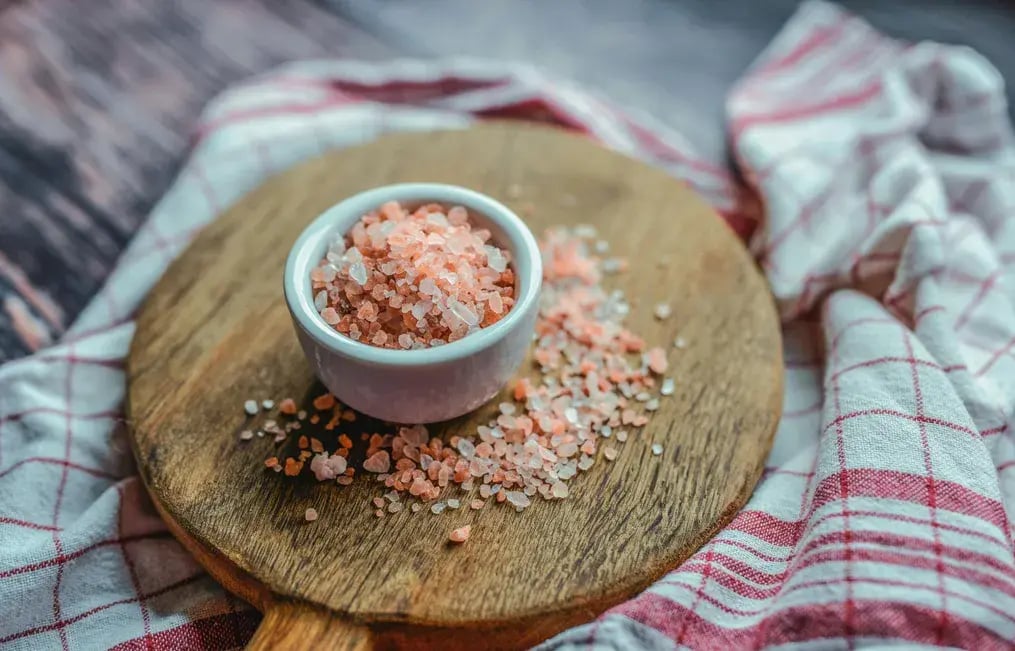
This isn’t required, but if you’re chasing balance and brightness, finish your drizzle with a single pinch of sea salt or a bit of finely grated kaffir lime zest. Both offer a lift—salt brings out the nuttiness, while lime zest offers a quiet echo to matcha’s natural sharpness.
Like This Article?
More Like This


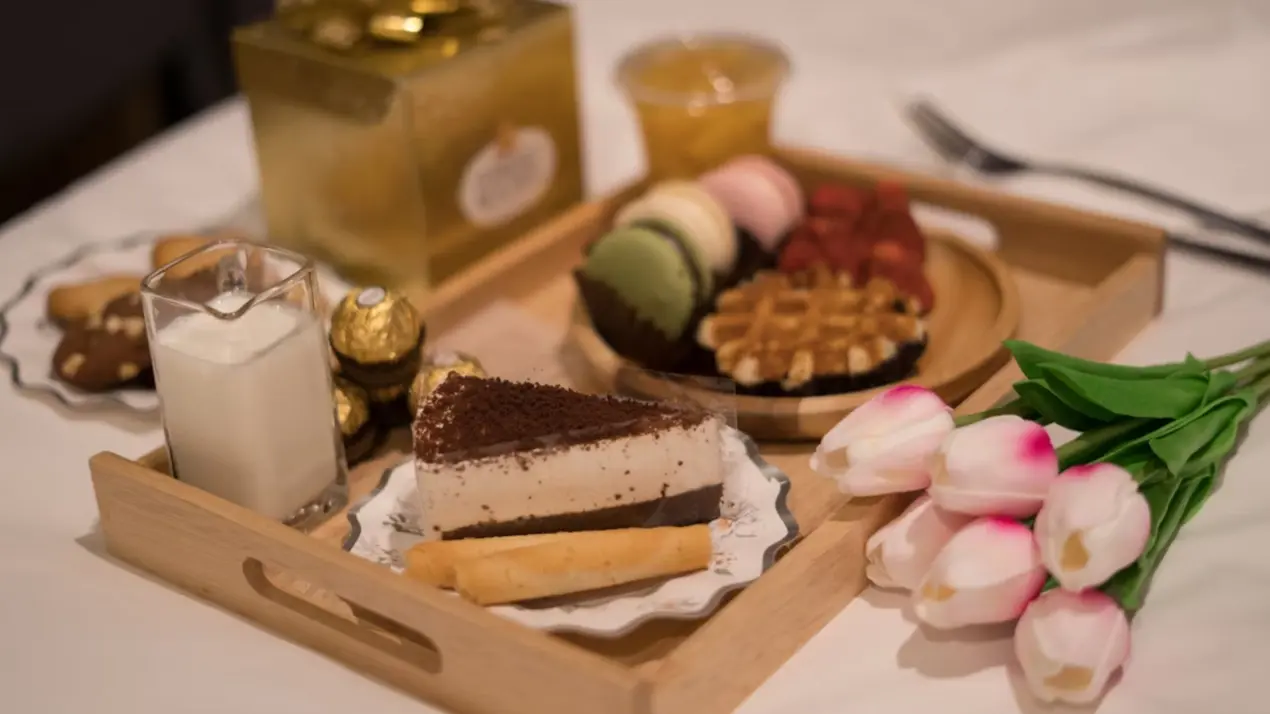
Popular Articles





Trending Web Stories
Curated Recipes

















